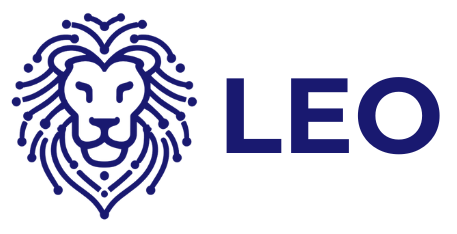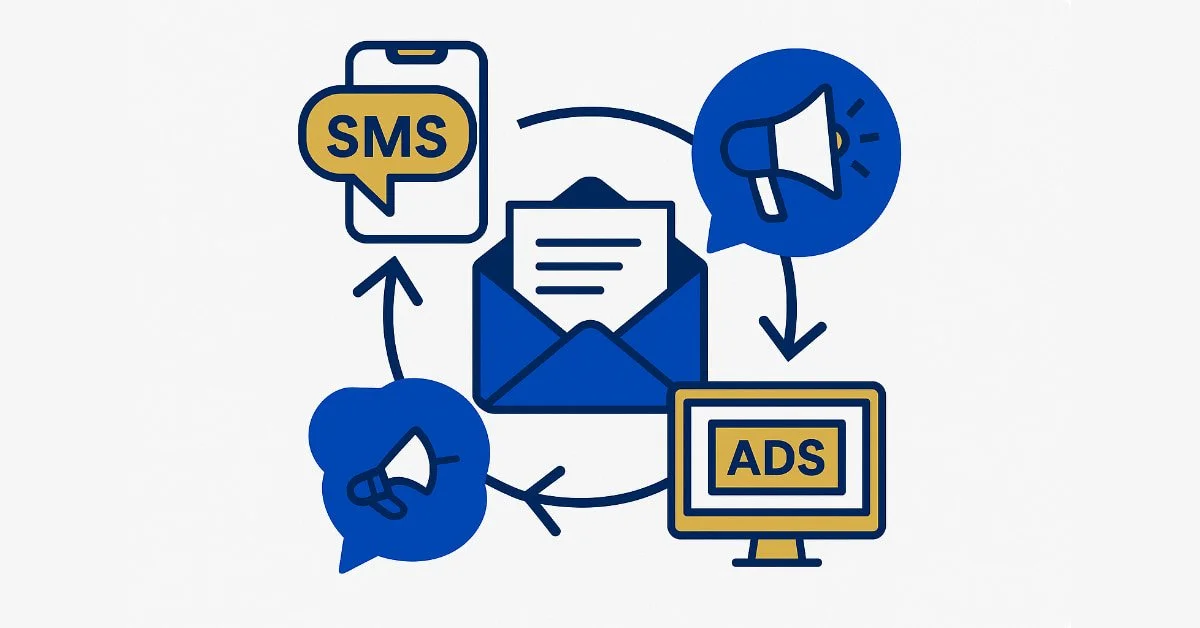When (and Why) to Add SMS, Push, or Ads to Your Lifecycle Flows
From Inbox to Everywhere
Your customer’s attention doesn’t live in one channel, and neither should your lifecycle marketing. Email might be the backbone of your strategy, but when used alone, it can only take you so far.
Adding SMS, push notifications, or ads to your lifecycle flows isn’t about being everywhere; it’s about showing up where it matters most in each stage of the customer journey. Let’s explore when and why these channels belong in your lifecycle and how to use them strategically without overwhelming your audience.
1. The Core Flow Comes First
Before layering in SMS or push, you need a strong email foundation.
Email is your storytelling channel. It provides space for visuals, explanations, and offers.
Consistency beats complexity. Don’t split your focus until your core flows (welcome, abandoned cart, post-purchase, winback) are driving reliable engagement.
2. When to Add SMS: Speed, Urgency, and Conversion
SMS shines when time is critical or immediacy drives action.
Use SMS when:
You need a fast follow-up after an abandoned cart or browse.
You’re sending limited-time or expiring offers.
You want to confirm orders, deliveries, or appointments.
Avoid SMS when:
Your messages aren’t genuinely urgent or actionable.
You don’t have explicit consent. This channel requires trust and adheres to stringent privacy laws.
Example: A reminder 1 hour after a cart is abandoned can outperform a 24-hour email delay. Short, clear, and timely messages build habit and reliability.
3. When to Add Push Notifications: Context and Engagement
Push notifications are most effective when your brand has an app or when customers are logged in frequently.
Use push notifications for:
Behavioral nudges (e.g., “Your favorites are back in stock”)
Engagement reminders (“Your rewards points expire soon!”)
Value-based notifications (“Your order shipped!”)
Avoid push when:
Your app or website doesn’t support dynamic targeting.
You’re sending the same message via email and SMS simultaneously.
Push is your bridge between marketing and experience. It works best when it feels like a service, not a campaign.
4. When to Add Paid Ads: Reinforcement and Reach
Lifecycle ads (especially through Meta, Google, or display) keep your brand in view during downtime between messages, ensuring your brand remains visible.
Use paid ads to:
Reinforce lifecycle messages between touchpoints.
Re-engage lapsed subscribers or past buyers.
Extend awareness beyond email or SMS limits.
Avoid ads when:
You haven’t set up proper audience suppression. (Don’t waste spend on active customers.)
Your creative doesn’t match the journey. Ads should feel like a continuation, not a distraction.
Pro tip: If your audience segmentation in your marketing automation platform is clean, you can sync it directly with your ad platforms for better precision.
5. How to Choose the Right Channel for Each Stage
Lifecycle Stage: Welcome
Primary Channel: Email
Secondary Channel(s): SMS (after opt-in)
When to Add More: If open rates are low or engagement drops quickly
Lifecycle Stage: Browse Abandonment
Primary Channel: Email
Secondary Channel(s): SMS, Ads
When to Add More: When users repeatedly browse but don’t buy
Lifecycle Stage: Cart Abandonment
Primary Channel: Email
Secondary Channel(s): SMS, Push
When to Add More: For time-sensitive reminders
Lifecycle Stage: Post-Purchase
Primary Channel: Email
Secondary Channel(s): Push, Ads
When to Add More: To confirm, cross-sell, or request reviews
Lifecycle Stage: Winback
Primary Channel: Email
Secondary Channel(s): Ads
When to Add More: When emails alone fail to re-engage
6. Common Pitfalls to Avoid
Duplicating content — Don’t send the same message on all channels. Adapt it to the channel’s purpose.
Ignoring opt-ins — SMS and push require explicit consent. Respect channel preferences.
Measuring in silos — Look at your total lifecycle performance, not just per-channel metrics.
Overcommunicating — More channels ≠ more engagement. Too many touchpoints can cause unsubscribes or ad fatigue.
According to Customer.io’s State of Messaging 2024 report, brands running multi-channel lifecycle campaigns (email + SMS + push or ads) achieve 3–9× better conversions than those relying on a single channel.
The takeaway: it’s not about adding channels, it’s about integrating them effectively.
7. Putting It All Together: Channel Expansion Framework
Before you add a channel, ask:
Is the message time-sensitive or experiential? → Add SMS or push.
Is your reach limited or your audience dormant? → Add paid ads.
Is the flow already performing well in email? → Layer new channels for incremental lift.
Start simple:
Add SMS to one high-intent flow (cart abandonment).
Add push for one experience-based flow (post-purchase).
Add ads to one dormant-segment flow (winback).
Then expand based on performance.
Conclusion: Smarter Multi-Channel, Not More Channels
Adding SMS, push, or ads isn’t about checking boxes. It’s about reinforcing your lifecycle strategy with the right message, at the right moment, in the right place.
When channels complement each other instead of competing, your lifecycle becomes more cohesive, more personalized, and more profitable.

